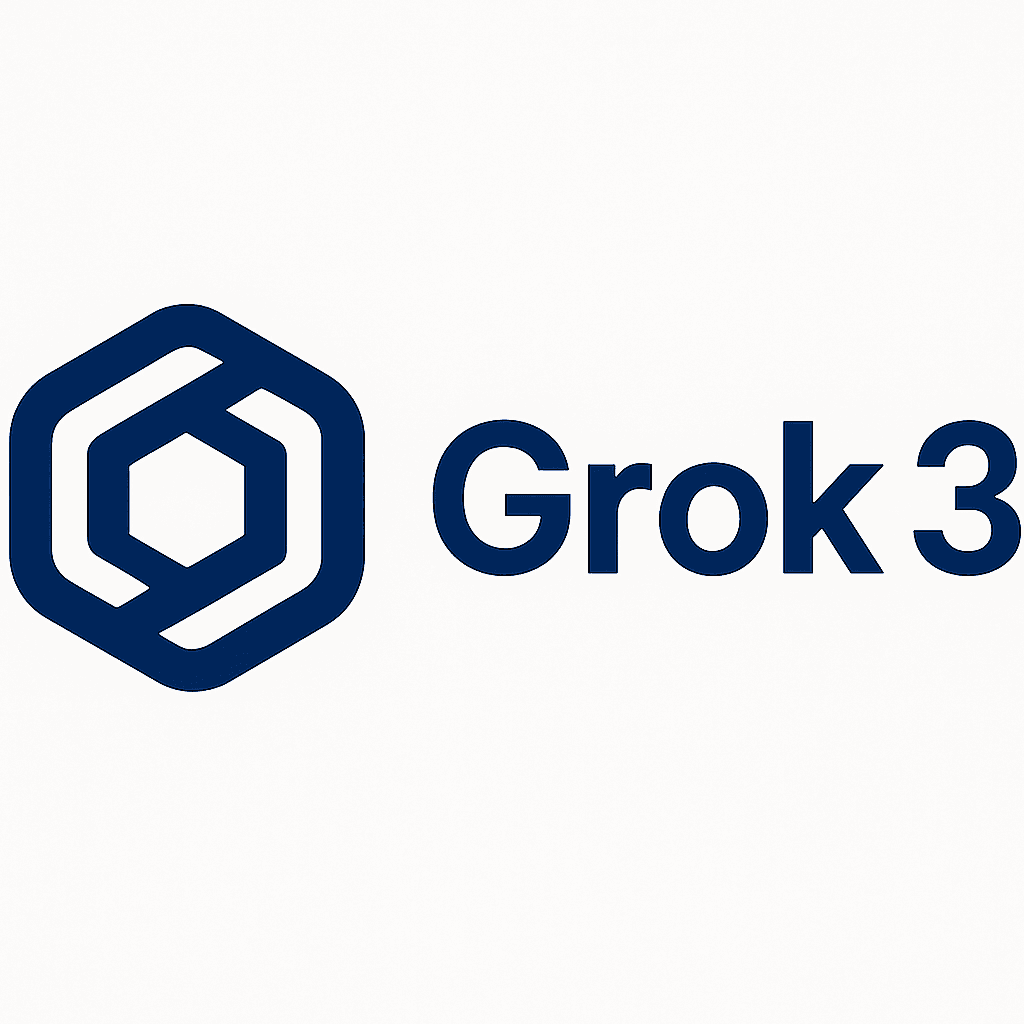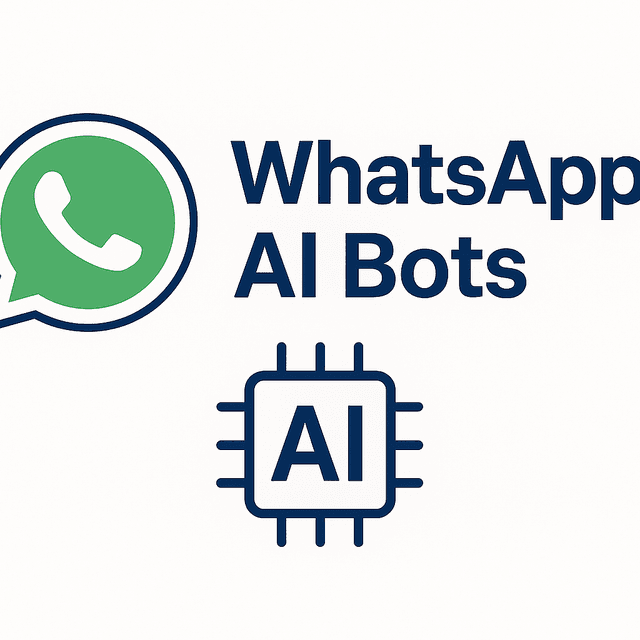The world of Artificial Intelligence moves at lightning speed. Blink, and a new model emerges, promising unprecedented levels of intelligence, speed, and capability. In this fast-paced landscape, xAI, Elon Musk's challenger to the AI establishment, has unleashed its latest contender: Grok 3.
Launched as a direct competitor to giants like OpenAI, Google DeepMind, and Anthropic, xAI aims to carve its own path. Grok 3 represents the culmination of their rapid development push. But what exactly is Grok 3? How does it stand out, how can you use it, and what does its journey tell us about the AI arms race?
Let's dive in.
What Exactly is Grok 3?
Grok 3 is xAI's most sophisticated Large Language Model (LLM) to date, marking a significant leap beyond its predecessors, Grok-1 and Grok-2. It's engineered not just to generate text, but to reason through complex problems with enhanced accuracy and computational efficiency.
Think of Grok 3 as an AI assistant designed for deeper understanding. It excels at breaking down intricate tasks—from complex mathematical proofs to demanding coding challenges and nuanced general knowledge queries—into manageable steps. This structured approach allows it to analyze problems more thoroughly, cross-reference information, and refine its outputs before presenting them. This improved reasoning makes Grok 3 particularly reliable for technical applications where precision is paramount, while also enhancing its ability to provide contextually rich answers across diverse topics.
The Sprint to Catch Up: Grok's Development Timeline
xAI entered the AI race in 2023, facing established leaders like OpenAI's GPT series, Google's Gemini, and Anthropic's Claude. The mission was ambitious: close the gap, fast. The development trajectory since then has been nothing short of a sprint:
- November 2023: Grok-1 Arrives: xAI's debut model showed promise but wasn't yet competitive with the top tier (like GPT-4 or Claude 2).
- March 2024: An Open Source Gambit: In a strategic move, xAI released Grok-1 under the Apache-2.0 license. This encouraged community involvement, essentially crowdsourcing improvements and accelerating development.
- August 2024: Grok-2 Makes Strides: This release marked a significant performance jump in reasoning and response quality. Crucially, it introduced image generation capabilities, Grok's first foray into multimodal AI.
- October 2024: Adding Vision: Just two months later, Grok-2 gained the ability to understand images, not just create them. This multimodal upgrade was essential to keep pace as the AI field shifted towards vision-inclusive models.
- December 2024: Standalone Expansion: Grok began its journey beyond being solely an X (formerly Twitter) feature. Beta versions of standalone web and iOS apps launched, starting in Australia, signaling broader ambitions.
- February 2025: The Grok 3 Leap: Leveraging xAI's powerful 'Colossus' supercomputer (reportedly using 10x the compute of its predecessor), Grok 3 launched. This version focused heavily on advanced reasoning, complex query handling, and nuanced conversation, positioning it as a true peer to the leading models from OpenAI, Google, and Anthropic.
In just over a year, Grok transformed from an underdog experiment into a formidable competitor, driven by rapid iteration, strategic open-sourcing, and significant computational investment.
How to Access Grok 3
Getting access to Grok 3 is designed to be relatively straightforward:
- X Premium+ Subscription: The primary integration is within the X platform (app or website), available exclusively to Premium+ subscribers.
- Standalone Web & Mobile: Dedicated experiences are available via Grok.com and mobile apps (iOS/Android). Availability began expanding beyond initial beta regions, though some geographical restrictions (like the EU/UK initially) might still apply as rollouts continue.
- API Access: For developers, xAI provides API access to Grok 3. Platforms like Chatbase offer immediate integration without waitlists, allowing developers to build custom applications, train the model on specific data using RAG (Retrieval-Augmented Generation), and deploy tailored AI assistants for various use cases (customer support, internal tools, etc.).
Grok's Unique Repositioning in the AI Market
Grok isn't just trying to be another high-performing LLM; it's actively positioning itself differently:
- The Real-Time Edge: Its deep integration with X gives Grok unparalleled access to real-time conversations, breaking news, and evolving trends. This allows it to provide insights based on current information, a distinct advantage over models trained on static datasets that quickly become outdated.
- A More 'Unfiltered' Voice: While adhering to content policies, Grok is often perceived as less restrictive than competitors when discussing sensitive or controversial societal, political, or cultural topics. This appeals to users seeking broader discussion scope, aligning with Musk's oft-stated goals for free expression on X.
- Challenger Mentality & Open Source Roots: Although Grok 3 itself isn't fully open-source, the history with Grok-1 established a different relationship with the developer community. xAI positions itself as a nimble challenger disrupting the incumbents, leveraging strategic openness where it benefits development speed and adoption.
- Synergy with X: Grok is intrinsically linked to the X platform, aiming to enhance the user experience there while simultaneously leveraging X's data firehose. This creates a unique ecosystem unavailable to other standalone AI models.
This combination of real-time data access, a distinct conversational style, and its strategic ties to X helps Grok carve out a unique niche rather than just competing on benchmark scores alone.
Grok 3 Usage Statistics & Trends (Early 2025)
Pinpointing exact user numbers for AI models is notoriously difficult, as companies often keep these figures confidential. However, observing trends in early 2025 suggests the following about Grok 3's adoption:
Based on recent reports and observable trends:
- Explosive User Growth: The launch of Grok 3 in February 2025 triggered a massive surge in usage. Reports indicate monthly visitors jumped dramatically, potentially reaching figures like ~190 million visits in March 2025, up from ~51.5 million in February and much lower numbers in preceding months.
- Daily & Monthly Active Users: By March 2025, estimates suggest Grok AI had around 6.7 million daily active users and averaged about 17.6 million monthly active users in the preceding quarter (Dec 2024 - Mar 2025).
- Download Spike: Mobile app downloads reportedly increased significantly (potentially over 10x) globally and in the US immediately following the Grok 3 launch.
- Primary Access via X: While standalone apps exist, the primary access point remains integration within the X platform, leveraging its massive user base (potentially exposing Grok to over 550 million monthly active users on X, though not all are necessarily Grok users). Making Grok 3 features free for all X users further boosted exposure and trial.
- Developer API Adoption: Since launching its API, xAI has gained traction, reportedly achieving significant annual recurring revenue ($100 million mentioned in one source) and adoption among Fortune 500 tech companies (42% cited by one source), indicating developer interest despite premium pricing compared to some competitors.
- Demographics: Early data suggests a user base skewed towards males (around 67-72%) and younger adults, with the 25-34 age group being the largest segment (around 31-33%). The US is typically the largest traffic source.
(Note: Specific user statistics for platforms like Grok are dynamic and often based on estimates or third-party reports. These figures reflect trends observed around early 2025).
Why Choose Grok 3? Key Differentiators
In a crowded field with impressive models like Claude, Gemini, and GPT variants, why might someone choose Grok 3?
- Advanced Reasoning ("Think" Mode): Grok 3 isn't just about quick answers. Its dedicated "Think" and "Big Brain" modes are designed for deeper reasoning, allowing it to tackle complex problems, self-critique, and explore solutions more thoroughly before responding. This is particularly valuable for intricate coding, math, or scientific queries.
- The Real-Time Data Advantage: This is perhaps Grok's most significant differentiator. Deep integration with X provides access to live data streams. While other models rely on potentially months-old training data, Grok can incorporate current events, discussions, and trends into its responses.
- Exclusive X (Twitter) Integration: Beyond just real-time data, Grok can directly leverage the X social graph for insights, understanding sentiment, and tracking topics in a way other models cannot replicate.
- A More Open Conversational Stance: Grok often engages more readily on sensitive or controversial topics compared to competitors, which tend to have stricter content filters. For users frustrated by overly cautious AI responses, Grok's willingness to discuss a wider range of subjects is a major draw.
- Rapid Improvement & Competitive Performance: While a newer entrant, xAI's rapid development cycle means Grok 3 quickly achieved performance competitive with, and in some benchmarks exceeding, established leaders, particularly noted in reasoning and math tasks according to some reports.
Conclusion: A Force to Reckon With
Grok 3 marks xAI's arrival as a serious contender in the top tier of AI development. Its rapid evolution, powered by massive computational resources and strategic decisions like open-sourcing earlier versions, is remarkable.
While it still plays catch-up in some areas, its unique strengths – particularly real-time data integration via X and advanced reasoning capabilities – combined with a distinct, less filtered conversational style, give it a unique value proposition. For users needing up-to-the-minute information, deep problem-solving, or a more open AI interaction, Grok 3 presents a compelling choice in the ever-evolving AI landscape. The race is far from over, but Grok is undeniably running at full speed.



